June 2012:
Hexagon 2012, 4 -7 June, Las Vegas, USA;
The International Summer School on Mobile Mapping Technology 2012,
11 – 15 June, Tainan, Taiwan, http://conf.ncku.edu.tw/mmt2013/intro01.htm;
Lockheed Martin awarded a USD 32 million contract to ITT Exelis to build the navigation payloads for the GPS III space vehicles three and four. Exelis announced in December 2011 that it had successfully integrated and performed the initial power up of the full-size payload prototype known as GPS III Non-Flight Satellite Testbed (GNST) Navigation Payload Element. Scheduled for first launch in 2014, GPS III satellites will deliver significant improvements compared with current GPS space vehicles.

Rapid Eye imagery is being used by the MALAREO project to assist with malaria control programs in countries in southern Africa. While mosquitoes can obviously not be observed via satellite, their habitats, which are considered malaria risk areas, can be. The MALAREO project, funded by the European Commission under FP7, is a mixed European-African consortium which incorporates years of experience in malaria control with the Global Monitoring for Environment and Security (GMES) EO capacity.
The UN Cartographic Section (UNCS) is planning to develop global multi-scale geospatial datasets (or UNmap) for rapid map production and web mapping in support to the Security Council and the Secretariat including UN field missions. Currently, an interim version of UNmap in scales of 1:1 million, 1:5 million and 1:10 million are in the final stages of completion. These maps are being used as primary geo-databases for UNCS and UN field missions.
The European Union (EU) funded ‘i-GOing’ project, which aims to design, develop and demonstrate a precise indoor navigation service based on Galileo and advanced ‘pseudolite’ technologies. Pseudolites are small transceivers that are used to create a local, ground-based GNSS alternative. With the help of pseudolites, users will be able to locate themselves using GPS and Galileo signals, and then continue to receive accurate location signals in a seamless transition while moving into a building equipped with pseudolites.
The Pirate Bay (TPB), a bittorrent website, announced to take its networks off the earth’s surface. It is considering launching a series of ‘GPS-controlled drones, far-reaching cheap radio equipment and tiny new computers like the Raspberry Pi’ to float the Low Orbit Server Stations (LOSS). Through this way, it aims to keep the website safe from law enforcement of
With an aim to pinpoint distress calls for rapid search and rescue, Galileo navigation system will be harnessed, announced European Space Agency (ESA). It will test expansion of the humanitarian system over the next two years to make it more effective. In addition to conveying distress signals to search and rescue organisations, Galileo will also provide a novel service known as Return Link Service. Under this innovative service, the satellite will send a reply to those in distress, letting them know that their signal was picked up and help is on the way.

The uplink station (INLUS), which interfaces with satellite to broadcast the correction signals, comprises of signal generation unit and RF unit with 11 m antenna. The 11m antenna and RF systems were indigenously developed and operationalized. Designing a combined feed system for INLUS was a major challenge, and required extensive experimentation and several iterations to arrive at the final design.



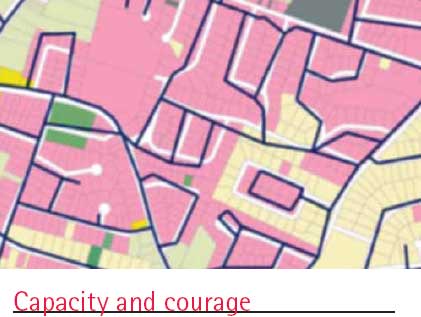
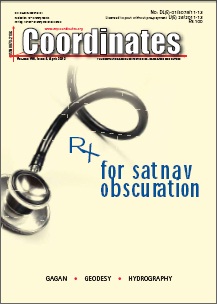
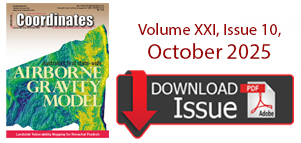

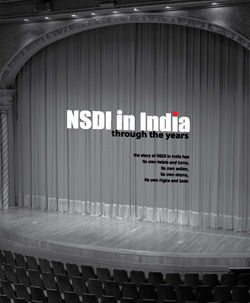
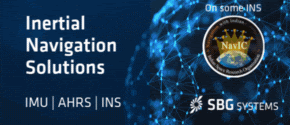




 (5.00 out of 5)
(5.00 out of 5)